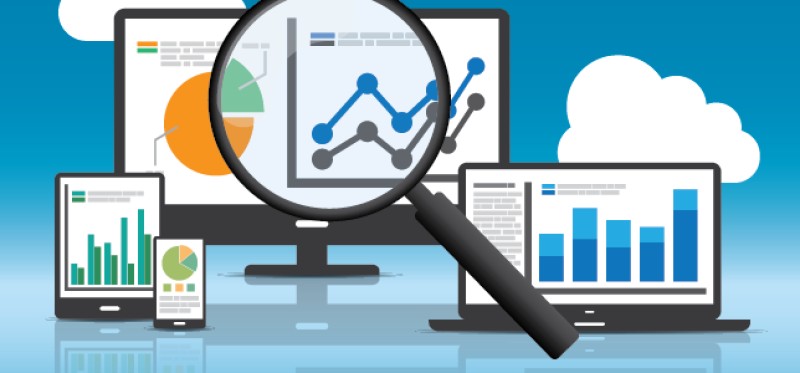More companies are gaining greater interest in the use of in-line analytics, and you may be wondering why. Here’s an explanation given a historical perspective. I have spent more than 20 years working in the marketing and analytics fields where typically this work has focused on supporting marketing effectiveness. In many cases, these were one-off analyses – the insights from which were used to build a business case, identify a high potential growth segment, or estimate the lift of a direct marketing program, for example. However, as the marketplace became increasingly dynamic, we began finding that these offline analyses were at risk for becoming quickly outdated and less impactful, and if the underlying business assumptions changed, the results could potentially have been rendered unusable.
In-Line Analytics Support Both Marketing and Business Operations
We are in very different times now. Increasingly, we are seeing analytics play a much more dynamic and vital role throughout the enterprise. As such, there is a shift toward in-line analytics where real-time intelligence becomes a part of a larger solution. In this case, the analytic components which can take the form of predictive models, identification of drivers of key behaviors, or even estimations of future business levels through both business and market-level influences, are updated automatically and support business rule processing across broad-based solutions. This shift expands the usability of the analytics so that, in addition to supporting marketing efforts, it can also be used to support business operations. It’s at the point when data and insights from one functional area (i.e., business operations) are being used to inform the other (i.e. marketing) that you begin to realize the power of in-line analytics.
Customer Data and In-line Analytics
Businesses are beginning to explore the use of customer-level analytics to change the way that they do business. For example, when a customer calls into a call center, the IVR may ask her to identify the reason for her call. This call would then be routed to the correct queue, say for billing questions. However, by studying the customer call volumes by purpose of call and by type of customer segment, you could identify the next most likely needs of your customers and dramatically reduce the number of repeat calls. In this way, analytics becomes an integral part of a broader solution to enable action.
Through in-line analytics you may find that customers are having a difficult time with an area of your website. Simply by forwarding this information to your engineering team, they may be able to make a site modification that would allow you to offload a percentage of the costly associate channel calls in exchange for less costly web transactions. This type of operational and process improvement can have a significant impact on your bottom line. In addition, it has the dual benefit of also supporting improvements in the customer experience lane.
Technology-enabled Analytics for Corporate-wide Applications
Add technology to in-line analytics; the power and the potential that technology-enabled analytics bring to corporate-wide solutions is game changing. The analytic components in these solutions can be designed to collect new insights and identify trends in changing customer behaviors. Further, they can then be recalibrated automatically in real-time to continually optimize the performance of the solution. Their shelf-life is much longer since they are constantly being updated and their application reaches far beyond simply supporting marketing effectiveness. In short, data-driven analytics are no longer relegated to supporting one-time decision making; instead they are becoming an integral part of the dynamic corporate environment. Customer data is valuable. We’ve all known that for many years. However, now that companies are beginning to identify additional applications for this data, its recognized value is growing. And this value is measurable – both in terms of incremental revenue as well as streamlined processes that result in operational efficiencies.
Also, check out the most recent issue of our e-newsletter.
Related Content:
Blog Post: Three Steps for Adopting Advanced Analytics in Financial Services
Blog Post: The Contact Center of the Future and Its Role Delivering an Outstanding Customer Experience
White Paper: Using Analytics to Improve Your Interactions with Customers
A Growing Demand for In-Line Analytics















